Christine Sun Kim
by Sway Benns
Christine Sun Kim. “All. Night.,” (2012). Score, pastel, pencil, and charcoal on paper, 38.5 x 50 inches. Courtesy the Museum of Modern Art.
Christine Sun Kim
The Erudite Artist Turns Pressure Vibrations and Particle Displacement Into Currency
After spending her childhood developing a largely ambivalent relationship with noise—often punctuated by her Korean-American family’s appeal for her to make less of it—it’s not surprising that Christine Sun Kim would carve out a career examining, deconstructing, and reframing that connection to assume more control over its place in her life. Withal, Christine Sun Kim is deaf.
Originally a painter, Kim outgrew the medium after bumping up against the confines of the two-dimensional workspace. She recalls the plot of a TV show from her childhood influencing her perception of sound and its ability to be manipulated: “…two bears were holding onto a flying rocket or plane that went much faster than the speed of sound. After landing safely, their screaming conversation caught up with them a few seconds later. That’s probably my earliest realization that sound is flawed, fluid, and can be modified like a sheet of plastic.” Kim went on to develop a series of projects establishing sound as a sort of currency, with monetary value attached, as an amusing personal concept. With a TED fellowship and EP collaborations alongside Wolfgang Müller, Sam Kulik, and Brooklyn-based Buke and Gase, she seems to be establishing that concept as reality.
A self-proclaimed “professional student,” Kim currently holds three degrees; the most recent, a Master’s in Music and Sound from Bard College’s Milton Avery Graduate School of Art. Her latest piece in the Soundings exhibition (on view at MoMA August 10–November 3) is a meditation on visual representations of sound, rendered as drawings that combine musical cues with a technical writing system Kim is developing for American Sign Language. One such drawing utilizes the pianissimo: a musical symbol that directs a note to be quietly played, edging to the point of complete silence. “I grew up with your definition of silence,” the artist states, “but right now, I’m not sure if silence truly exists nor means anything to me.” (An important statement, considering that pressure waves transmit through the entire body regardless of being audible or not, making the notion of silence a relative illusion.) This visual depiction, which mirrors Kim’s own experience, challenges the viewer’s limited information on a much broader subject: absence.
We wondered if, through the course of various audio observations, the young artist had found any of those pressure waves to be particularly pacifying. Kim’s pragmatic response: “Whenever I feel calm or happy, I become much less aware of surroundings, so I’ll probably never know. Blissfully.”

